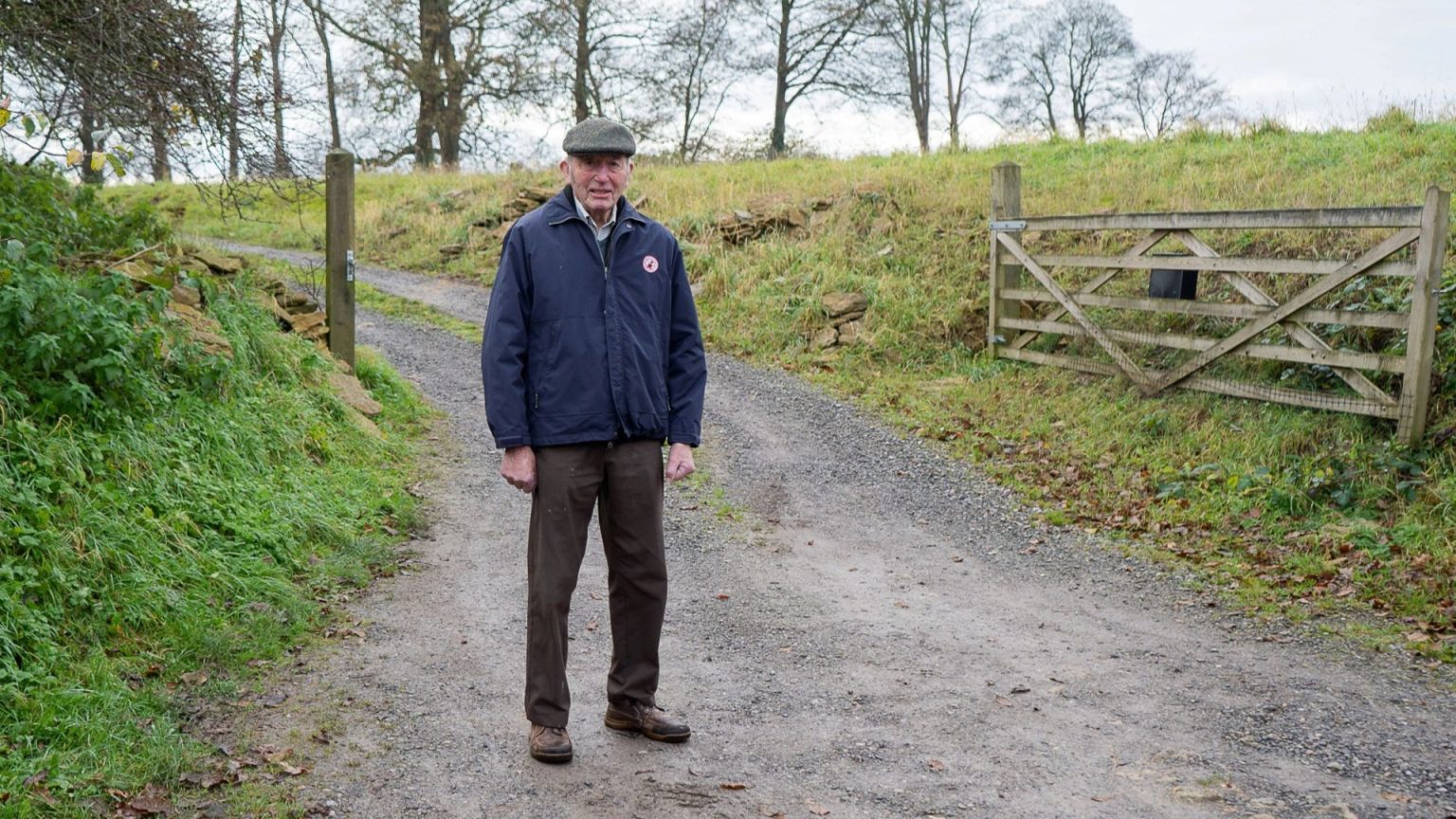This case revolves around an 88-year-old farmer, Ron Knight, who faces a potential prison sentence and a hefty fine for altering a wall he built 50 years prior. The crux of the issue lies in the wall’s location within a designated conservation area, a classification Mr. Knight was unaware of when he made the modifications in 2017. The local council issued a planning enforcement notice, demanding the wall’s restoration and imposing fines for non-compliance. Mr. Knight, adamant that he did nothing wrong, maintains the wall was on his property and he had the right to alter it. This unwavering stance has led to a protracted legal battle, escalating tensions between him and the council. Mr. Knight’s refusal to pay the accruing fines has now resulted in the threat of imprisonment, a threat he defiantly welcomes rather than concede to what he perceives as an injustice.
The story begins in 1973 when Mr. Knight, then the owner of Cannon Court Farm in Milborne Port, rebuilt the wall in question. He later sold the farm in 1990 but retained six acres of land and three acres of allotments. Over time, disputes arose with neighbors concerning access to his retained land, culminating in Mr. Knight removing a section of the wall in 2017 to ensure access for maintenance. This action triggered the council’s involvement, as the wall sits within a conservation area designated in 1988, a fact unknown to Mr. Knight. The council argues that the wall is a historical asset and its alteration required planning permission, which Mr. Knight failed to obtain. The council’s position remains firm, despite Mr. Knight’s retrospective planning application, insisting that the wall’s alteration caused “unjustified harm” to a protected structure.
Mr. Knight contests the council’s claims, asserting ownership of the wall and questioning its historical significance given its complete reconstruction decades earlier. He believes the council’s actions are unreasonable and disregards his historical right of way to the retained land, a right he alleges was obstructed by neighbors’ developments. The ongoing legal proceedings have taken a significant toll on Mr. Knight and his family, both financially and emotionally. The accumulating fines, now totaling over £3,000, have caused immense stress, particularly for his wife, Jean. Mr. Knight has appeared in court four times, each appearance ending with further fines and the continued threat of imprisonment.
Mr. Knight’s family, while concerned about his health, support his unwavering stance. His daughter, Linda, highlights the emotional and financial burden the ongoing dispute has placed on her parents. The fines are beyond their means, leading to fears of potentially losing their home. Mr. Knight remains resolute in his refusal to pay, preferring imprisonment over what he considers an unjust penalty. He vehemently maintains he has done nothing wrong and is willing to serve time in prison to prove his point and bring the matter to a decisive conclusion. He believes his imprisonment might finally compel the council to reconsider their actions and acknowledge his perspective.
The Somerset Council, however, maintains its position, emphasizing the need to protect the conservation area and upholding the planning regulations. They argue that Mr. Knight’s actions have caused irreparable damage to a historic asset and that pursuing legal action is in the public interest. They maintain that due process has been followed, and Mr. Knight has had ample opportunity to comply with the enforcement notice. They dismiss his retrospective planning application as insufficient and contend that it does not negate the damage already done. The council insists that the legal proceedings are a necessary measure to protect the heritage and character of the conservation area.
The standoff between Mr. Knight and the Somerset Council continues, highlighting the complexities of property rights, conservation regulations, and the impact on individual lives. Mr. Knight’s defiance, fueled by principle and frustration, pits him against the council’s bureaucratic authority and commitment to preserving historical assets. The looming possibility of an 88-year-old man being imprisoned for altering a wall he built himself underscores the high stakes of this protracted dispute. The case raises questions about the balance between individual property rights and community interests in preserving historical areas. It also brings into focus the personal toll of navigating bureaucratic processes and the potential for seemingly minor disputes to escalate into life-altering legal battles.











